Yeast nutrient and energizer add nutrients to apple cider that can boost fermentation quality by improving yeast health which results in faster fermentation, lessens the chance off flavors and helps produce a better tasting hard cider.
While apple juice does have a variety of nutrients that yeast need to thrive, your juice will have varying amounts depending on the types of apples used and even the region they were grown in. On a homebrewing scale, there really isn’t a good way to test the nutrient levels in cider must so experimenting with recipes and additions is the best way to find the right mix.
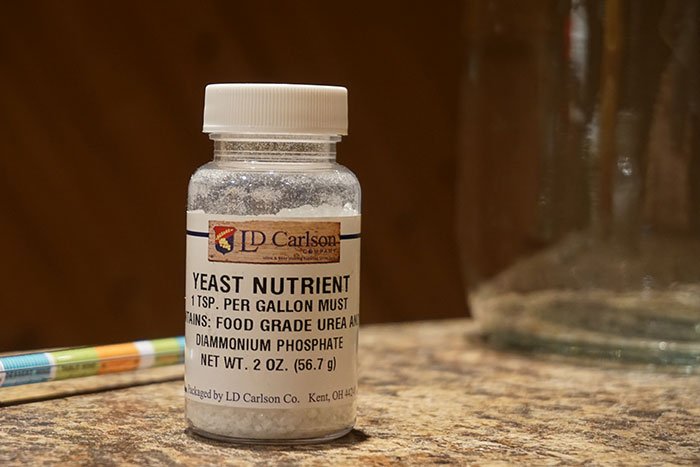
While yeast nutrient is not always critical, it will add yeast available nitrogen (YAN) in the form of diammonium phosphate (DAP) when using a product like LD Carlson or from organic sources when using Fermaid O. This nitrogen speeds up fermentation and helps the yeast get the cider to total dryness without stressing them.
Yeast nutrients and energizers can also help reduce fusel alcohol production and H2S production. Fusel alcohols are the alcohols responsible for the burning sensation and hangovers while H2S, often referred to as rhino farts, imparts a sulfur smell and taste. Both of these undesirable products are created by yeast when they are stressed.
Although yeast nutrient and energizer sound like they are the same product, they are a bit different. Yeast nutrients are generally just a source of yeast available nitrogen while energizers contain many micronutrients that are beneficial to yeast health. While some energizers do contain nitrogen, the combination of both yeast nutrient and energizer can be used together for a strong and healthy fermentation.
Additionally, yeast nutrients are added directly to the sweet cider, or must, prior to or even during fermentation. But, yeast energizers are typically added when making a yeast starter before introducing the yeast to the cider must.



Yeast nutrient additions:
I generally add yeast nutrient to my cider at the same time I fill my fermenter so the cider mixes the nutrient thoroughly. If I am making a yeast starter I will add my energizer to the starter, otherwise, I will add it directly to the fermenter with the nutrient before pitching the yeast.
If I am making a high ABV batch like a Cyser, I like to make stepped additions to make sure the yeast is fed during all stages of fermentation. When making staggered additions, it’s important to not add too much after fermentation has begun. Because of this, I add less than the manufacturer recommended amount. If too much is added, the flavor may come through in the finished cider if it is not all consumed.
Stepped nutrient additions for a 5 gallon batch of cider:
- Add a teaspoon yeast energizer/nutrient mix immediately after pitching yeast.
- Add a teaspoon yeast energizer/nutrient mix 24 hours after fermentation begins.
- Add a teaspoon yeast energizer/nutrient mix 48 hours after fermentation begins.
- Add a teaspoon yeast energizer/nutrient mix after 30% of the sugar has been depleted.
I like to use yeast nutrient and energizer in every cider I make because, for a few cents, I can be certain that the yeast will be healthy and have everything they need for a clean fermentation.
The only disadvantage I see is that if you add too much or make an addition too late in fermentation, you could end up tasting it in your finished cider. So make sure you measure your additions correctly and document your results for future reference.
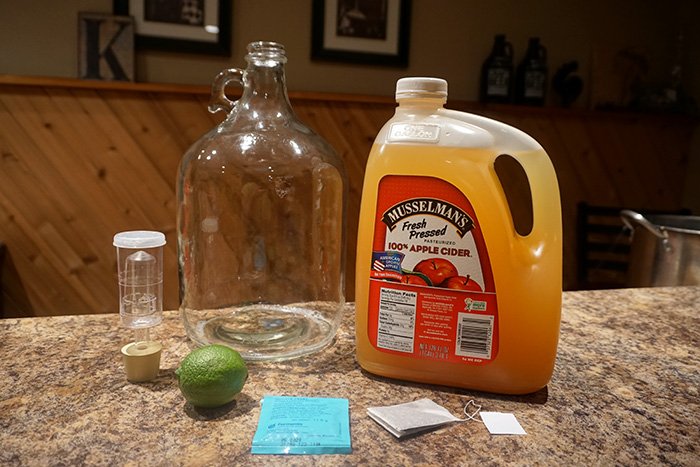
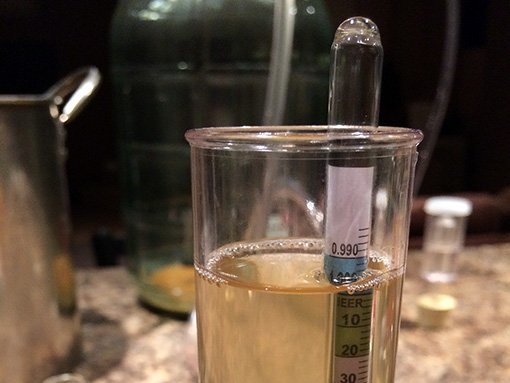
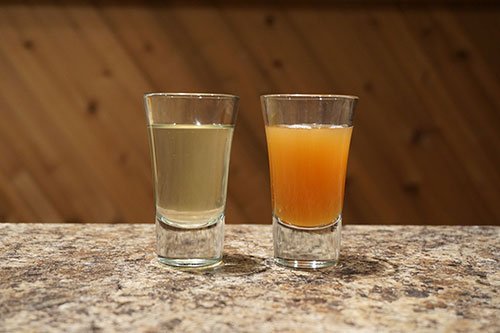
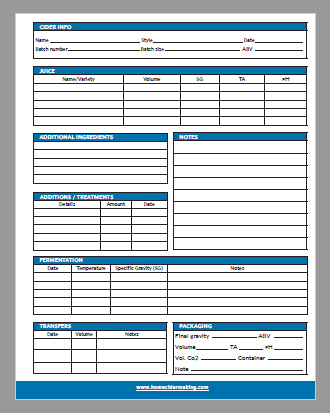
I noticed on your Pineapple Cider page, that you mentioned you would probably add the pineapple juice to secondary fermentation the next time. My questions: 1) why? 2) did you try this 2nd method? 3) if so- was it better/worse/same?
Thanks! I’m brand new to cider making 🙂
Hey Guy,
I have not made another batch of pineapple cider but my reasoning is from my experience with making berry cider. I find that some of the flavor is lost when it is added at the beginning of fermentation. Adding the fruit or juice after the initial fermentation is complete preserves more of the flavor.
Also, using the juice to backsweeten after the cider has been stabilized, preventing refermentation, preserves the flavor and natural sugars resulting in a fresher taste.
While there was pineapple flavor that came through in the finished cider, I thought there could be more if I used a different technique.
I’m always experimenting!
Great write up.
I’ll be making my first batch of cider ever tomorrow with fresh pressed cider. Do I really need to have the yeast nutrient added? Or will if be fine without it?
Thanks for the help. I would need to track some down fast if I do need it.
Hi Jon,
You do not have to use yeast nutrient but it does help with yeast health and speeds up fermentation. For your first batch, I wouldn’t worry about it if you do not have it on hand.
Cheers
Hi Jon, I hope your very first batch of cider was a success! Please comment once you are finished as I am curious how it turned out without adding yeast nutrient!
Can I use apple cider instead of apple juice?
Hi Chris,
Apple cider in the US is apple juice that underwent a filtering process to remove any apple solids and thus is clear. Both are fine for “hard” cider making and if you use pectic enzyme both will clear.
I am making apple cider and I’m not sure when I add the yeast nutrient I make my cider in 5 gallon carboys how much yeast nutrient and when should I put it in thank you for your help
I am making pear cider and I have just juiced the pears and added Campden tablets. I will leave it 24 hours then will add the Champagne yeast. When do I add the yeast nutrient – as above in different stages? I have made just under 5 gallons. I am in the UK